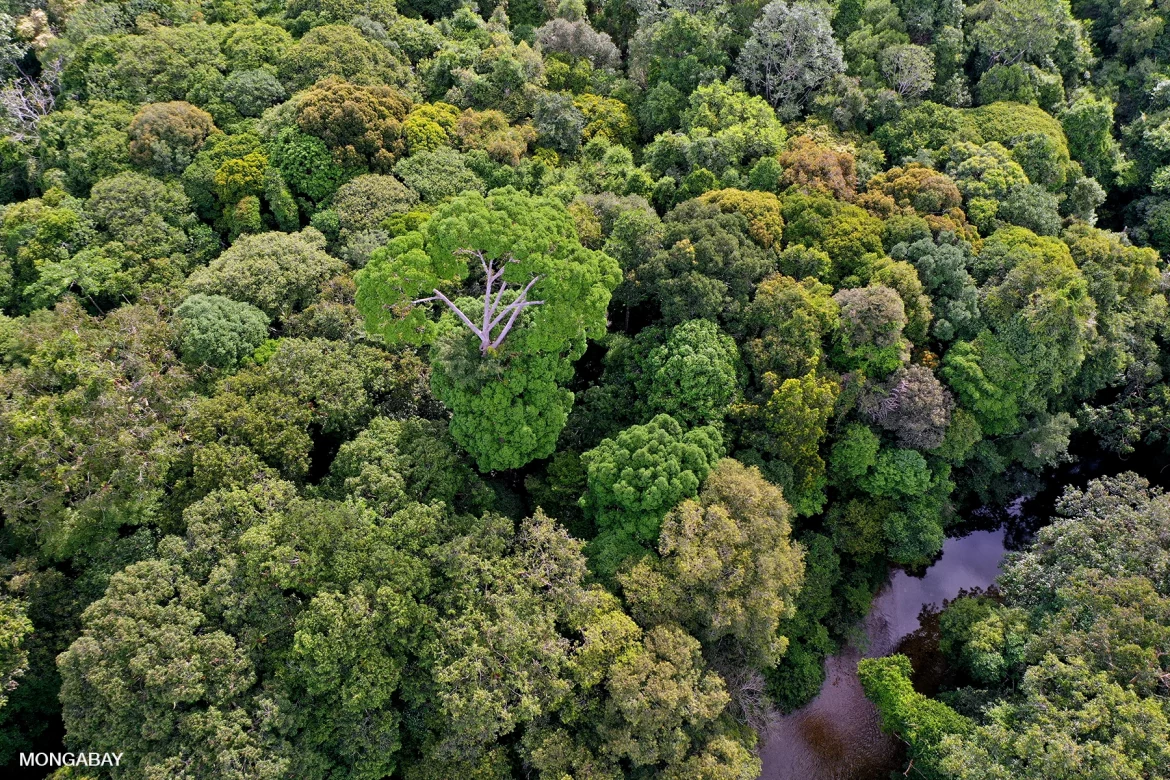A new analysis from Global Forest Watch has shown that Northern regions across the world recorded the highest tree cover losses in 2021.
The analysis showed that figures for these boreal forests were up 30% in 2020, with wildfires causing massive losses in Russia, adding that elsewhere, around ten football pitches per minute of tropical primary forest were lost across the year.
This new data which recorded the losses of tree cover in 2021–and is not the overall net picture when new plantings are taken into account— Found that Brazil, once again, led the way with a significant uptick in tree loss associated with agricultural expansion.
Researchers who undertook the analysis said that much of their focus was on the world’s tropical regions because this is where more than 96% of deforestation takes place.
Read also: Research: Countries must decrease meat consumption to fight climate change
The researchers said that when it comes to tropical primary forests, Brazil and the Democratic Republic of Congo top the table as they have for many years now, adding that one of the big concerns in the new figures is the loss of boreal forests which are found in northern parts of Russia, Canada and Alaska.
They found that Climate change is a key driver of tree loss in these areas, with hotter drier conditions leading to more wildfires and greater damage from insects.
Rod Taylor from the World Resources Institute, which was part of the team behind the new analysis, said that It’s hugely worrying.
“Global warming is generally happening faster as you get closer to the poles, so it’s like having a changing climate and an ecosystem that’s not coping, so we’re seeing fires that burn more frequently more intensively and more broadly than they ever would under normal conditions,” he said.
Story was adapted from BBC.
